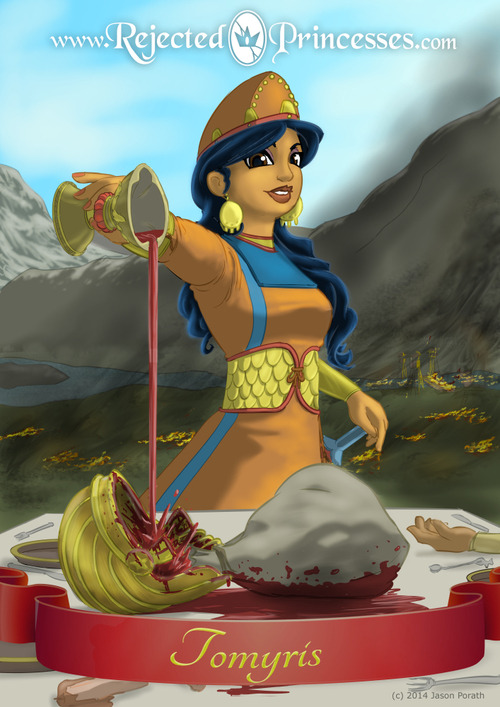We just got back from a week in a beach cottage near St. Augustine, Florida. It's something we've talked about doing for years. We finally got tired of talking and just did it. Janis went on VRBO.com (Vacation Rentals By Owner) and found a lovely 3-bedroom cottage a block off the beach, in a neighborhood called Butler Beach, which is a bit south of St. Augustine on Anastasia Island. It was a wonderful place: quiet, peaceful, very wide beaches, and very few people. Our next door neighbors joined us for a few days and we celebrated three birthdays and an anniversary while finding some really great (and some not so great) restaurants. The weather wasn't so great as it rained almost every day. On the other hand, the rain kept it cool (and MUGGY), and the rain rarely lasted very long, so it didn't really stop us from doing anything. And Janis and I got to visit with a couple that we last saw 18 years ago. Fabulous time!
I took my easel and painting stuff down. My intent was to paint every day, but between the weather and Required Social Engagements, it didn't happen. I did get four paintings done, though. All are oil on 9"x12" linen panels.
This was at our beach access.
Same spot, only turned around looking the other way.
Palm and Phone Pole
Finally, a bit of clear(er) weather gave me a chance to play with some brighter colors!
These aren't earth-shattering paintings, but they were lots of fun to do, and I was happy to see that my landscapes are gradually getting better. The compositions are stronger, I'm seeing colors better, I'm mixing colors better, and I'm painting better. Progress is a good thing, no?
I took my easel and painting stuff down. My intent was to paint every day, but between the weather and Required Social Engagements, it didn't happen. I did get four paintings done, though. All are oil on 9"x12" linen panels.
Beach 1
This was at our beach access.
Beach 2
Same spot, only turned around looking the other way.
Rain over the Matanzas River
I went over to the river side of the island one day, under some pretty threatening clouds, and painted this little study.
Finally, a bit of clear(er) weather gave me a chance to play with some brighter colors!
These aren't earth-shattering paintings, but they were lots of fun to do, and I was happy to see that my landscapes are gradually getting better. The compositions are stronger, I'm seeing colors better, I'm mixing colors better, and I'm painting better. Progress is a good thing, no?
















